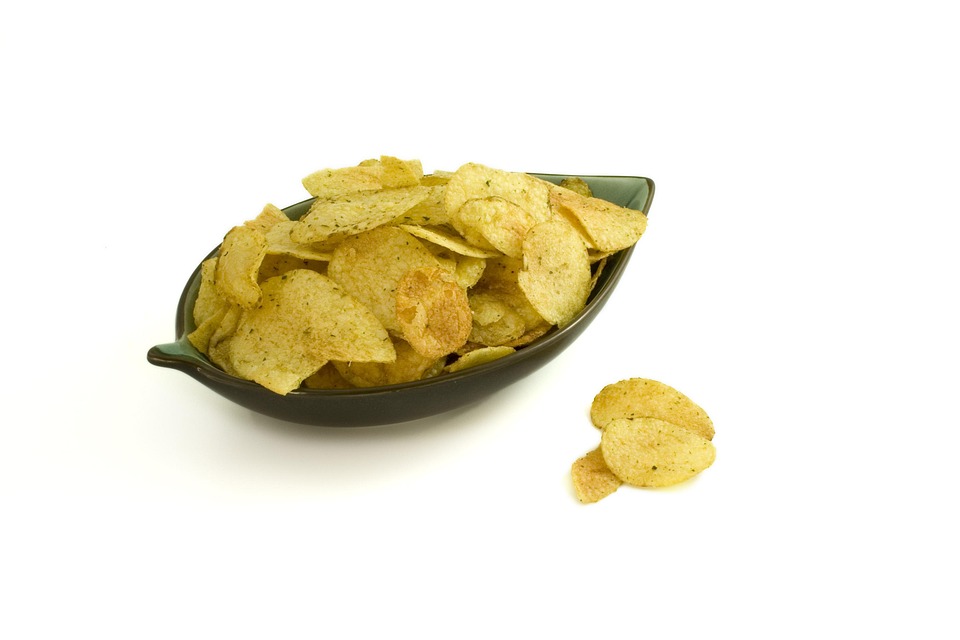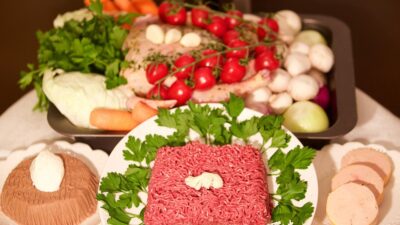Cooking is both an art and a science, and mastering it can seem daunting for many. However, the journey from kitchen novice to culinary expert is often less about complex techniques and more about understanding foundational elements. One influential paradigm that simplifies this journey is identified in the widely acclaimed book, Salt, Fat, Acid, Heat by Samin Nosrat. This culinary compass helps cooks at all levels to create delicious food consistently by focusing on four essential elements: salt, fat, acid, and heat.
Salt: The Flavor Enhancer
Salt is arguably one of the most crucial elements in cooking. It enhances flavors and balances the dish, bringing out the natural tastes of ingredients. The right amount of salt can elevate even the simplest ingredients to extraordinary levels.
Knowing How to Salt
Understanding when and how to salt is fundamental. There’s a marked difference between salting at the beginning of cooking versus right before serving. Salt can draw out moisture when applied early, concentrating flavors, while a last-minute sprinkle can provide bursts of flavor. Experimenting with different types of salt—table, kosher, sea salt—will also impact the flavor and texture of your dishes.
Fat: The Flavor Carrier
Fat plays a multifaceted role in cooking. It is essential not only for flavor but also for texture. Whether it’s butter, olive oil, lard, or avocado oil, fat can help enhance the taste and mouthfeel of a dish.
Using Fat Wisely
Different fats achieve different flavors and cooking properties. For example, butter is perfect for baking and adds richness, while olive oil is great for sautéing and dressings. Understanding how fat behaves at various temperatures and when to use solid versus liquid fats can transform your cooking.
Acid: The Brightener
Acidity is often overlooked but crucial for balancing flavors. It cuts through richness, adds brightness, and can even enhance sweetness. Whether it’s vinegar, citrus, or fermented products, acid invigorates dishes and elevates overall flavor complexity.
Incorporating Acid
A simple squeeze of lemon juice or a dash of vinegar can transform a dish. Learning to taste as you cook and adjust the acidity level can help improve even the most mundane recipes. Using acid strategically can help create harmony among the salt, fat, and other ingredients, thereby allowing flavors to shine.
Heat: The Cooking Method
Heat is the final piece of the puzzle. It’s not just about cooking food; it’s about how you apply that heat—boiling, roasting, grilling, steaming, or frying can all result in dramatically different outcomes.
Mastering Heat
Understanding how to control heat and when to use different methods can greatly affect the texture and flavor of your dishes. For instance, high heat creates a nice sear, while low heat allows for gentle cooking. The technique of using varying heat levels can help achieve perfect results, whether you’re creating a crust on a steak or melding flavors in a slow-cooked stew.
The Art of Balance
The beauty of Salt, Fat, Acid, Heat lies in its emphasis on balance. Every dish benefits from a harmonious relationship among these four components. Beginners can concentrate on one element at a time to grasp its impact, while seasoned cooks can explore intricate combinations and techniques.
Practical Application
- Start Simple: Begin with basic recipes that focus on one or two elements.
- Experiment: Try adjusting the saltiness, richness, acidity, and cooking method of dishes you already know to taste the differences.
- Practice Tasting: Develop your palate by tasting as you experiment, learning to identify which element might be needed for balance.
Conclusion
Transitioning from a kitchen novice to a culinary expert doesn’t require formal training or complicated skills; understanding the power of salt, fat, acid, and heat can drastically improve your cooking. This foundational framework empowers culinary exploration and creativity, allowing you to transform everyday ingredients into exciting and delicious meals.
So grab your apron, embrace the essential elements, and enjoy the culinary adventure that awaits you!



